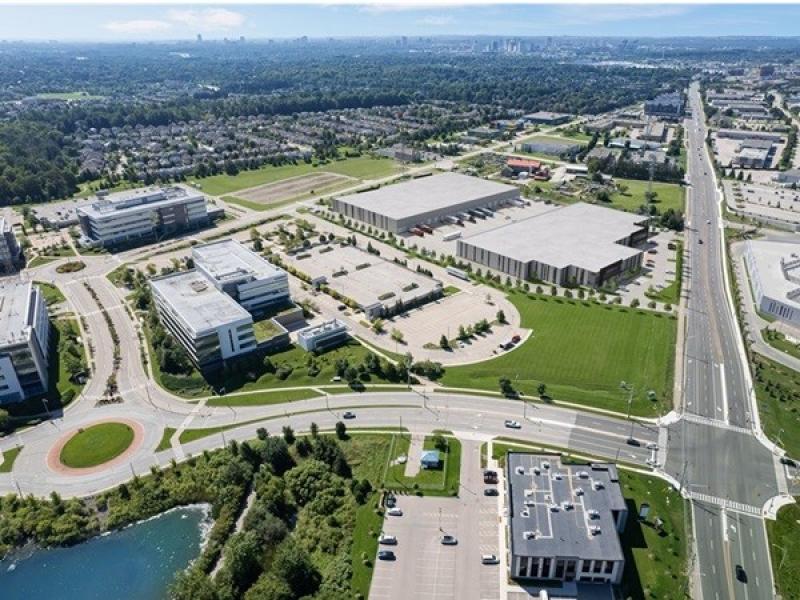
Across Canada, apartment developers are facing a difficult truth: the industry has hit a standstill. Rising interest rates, inflation, and economic uncertainty have paralyzed much of the sector.
Many developers who once built at scale are now hesitant to break ground on large projects, unsure of when — or if — conditions will stabilize.
But in times like these, there is also opportunity. I recently spoke with a longtime client, a private Canadian apartment developer, who shared a strategy that’s not only keeping his business moving forward, but also laying the foundation for the future of his company — and our industry.
Instead of breaking ground on his typical 200-unit project, he pivoted. He chose to build a 20-unit building with a unique twist: he brought his children and senior staff in as partners.
The project is small, yes — but the impact is big!
Why small projects matter now
Every experienced developer knows that keeping your team and business systems active is essential to long-term success. You have a machine to feed: employees, consultants, trade relationships, and operational overhead that doesn’t pause just because the market does. In the face of a stalled economy, this developer found a smart, scaled-down way to keep his machine humming.
Small projects — such as 20 units — can be built faster, financed more easily, work in way more locations, and navigated through entitlement processes with fewer roadblocks. They aren’t typically the trophy assets that get headlines, but they offer something else: agility, continuity and learning.
In this developer’s case, the 20-unit building became a proving ground — not just for construction, but for mentorship and legacy.
Training the next generation — through action
The genius of this move wasn’t just the project’s size — it was who was involved. His children and senior employees aren’t passive observers in this one. They are equity partners, personally signed on the mortgage covenant, and responsible for making real-world decisions as the project unfolds.
In effect, they’re learning by doing, with skin in the game.
This model turns slow times into school time. It provides a hands-on, lower-risk way to teach apartment development, finance, construction and leadership to the next generation — without betting the company on a massive, complex deal. Apprenticeship at its best!
It’s also patriotic in a very real sense. Apartment developers aren’t just businesspeople; they’re nation builders. If we don’t find a way to keep building — even at a smaller scale — we lose more than just momentum.
We lose tradespeople. We lose future leaders. We lose our capacity to respond when the market turns around. Perhaps most importantly, we’d lose faith in the apartment market story.
Everyone is frozen — but you don’t have to be
It’s no secret that groundbreakings are rare right now. Developers across the country are waiting, watching, hoping for signals that it’s safe to move.
But this cautious optimism can turn into paralysis. When there’s confusion, people stop.
And when nothing gets built, we don’t just lose opportunities—we miss the chance to grow our people, refine our systems, and prepare for the next cycle.
By building small, developers can break that freeze. You don’t need to bet the farm. You just need to stay in motion.
And when done right, small doesn’t mean insignificant.
This 20-unit building serves multiple purposes:
- Creates housing in a market that desperately needs it.
- Keeps core staff and processes engaged and efficient.
- Trains the next generation with real consequences and responsibilities.
- Spreads ownership and entrepreneurship inside the company.
- Plants the seeds of something bigger down the road.
- Brings another level of leadership, in eyes of children and staff – a huge win!
A new path for private developers
This idea isn’t just for multi-generational family firms — though it works particularly well there. It’s also an exciting pathway for developers who want to bring their teams closer to the work.
For younger or first-time developers, it’s a way to start building real experience without jumping straight into a high-risk, high-cost project. Who knows what equity relationships could be developed moving forward.
Instead of waiting for conditions to improve, why not use this time to train your team, develop your kids, or give your star employees the chance to rise?
This approach fosters loyalty. It distributes risk. And it creates a sense of shared purpose that can carry a company through even the toughest market cycles.
The big picture: build now, grow later
There’s a big vision here, one worth spreading across Canada. If more private developers took this approach, we’d see more small buildings go up, more employees stepping into leadership roles, and more young developers gaining the experience they need — right now, when it matters most.
Yes, conditions are difficult. Yes, the numbers are tighter than we’d like. But the alternative — doing nothing — is far more risky.
We can’t afford to wait for the perfect time. We have to build the next generation now!
So, consider it. Build a small apartment project. Put your team — or your family — into the deal. Teach them how to develop, how to own, how to lead. And show them that in this industry, motion beats hesitation every time.
Because when this cycle turns — and it will — it’s those who stayed active who’ll be ready to lead.







